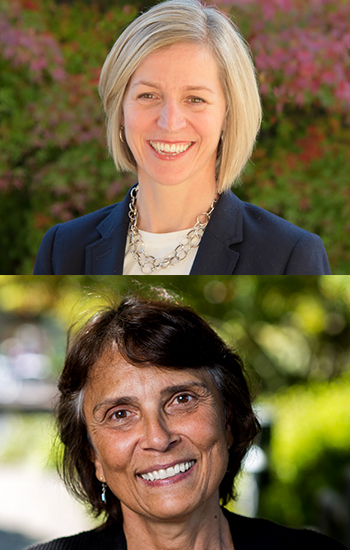
An interview with
Kelly Allison and Marie Nightbird
Kelly Allison and Marie Nightbird, faculty members in the School of Social Work, have been teaching third-year Bachelor of Social Work students how to develop their interpersonal communication skills since 2011 and 2017, respectively. They share how an informal feedback process evolved into a comprehensive teaching guide for Giving Peer Feedback that helps students learn how to constructively critique each other’s developing communication skills.
Please tell us about your project.
The course we teach is a third year Bachelor of Social Work class called “Communication Skills in Social Work Practice”, SOWK 310A, with three sections each year. In this course, students develop their interpersonal communication skills and are assessed on their ability to demonstrate effective communication in the context of a counselling relationship.
What motivated you to use Student Peer Assessment?
Since we began teaching this course, we have always had students practice their communication skills and give each other informal, verbal feedback. Every year, students tell us that they find the practice sessions and the peer feedback extremely useful. We have had the anecdotal evidence, but we had never really studied it formally. Consequently, we wanted to formalize this feedback process and better understand how it was helping them.
How did you do it?
As instructors of the same course,along with our colleague Grant Charles, we collaborate on all course design decisions. We created an assignment that incorporated a formalized written peer feedback process, and we’re studying its effectiveness in helping students learn communication skills through a Scholarship of Teaching and Learning (SoTL) project.
We consulted with Arts ISIT to discuss what technology might be useful for incorporating a written peer feedback process. We decided on using Collaborative Learning Annotation System (CLAS) so students could upload their practice video and input their feedback.
We also applied for a SoTL Seed Grant in 2019, which provides research support and guidance on how to design our study and the best method for data collection.
Continue reading ▼
What were some of the key outcomes of the project?
- The development of a new tool
As we began to design this assignment, we realized we needed a better way to guide students on how to give meaningful feedback to their peers. We had previously developed some key areas for them to consider when giving verbal feedback, but this project helped us develop a much more specific guidebook for students when commenting on their peers’ communication skills. This guidebook will now be introduced at the beginning of the course as a tool students can use to both assess their own skill development as well as their peers’. -
The development of a new method for assessing their learning
In this assignment, we ask students to reflect on how they will incorporate their peer feedback into their skill development as a meta-cognitive process. As instructors, we evaluate both their identification of strengths and areas for improvement, as well as their plan to address the needed changes. This meta-cognitive assignment is another way of assessing students’ learning of communication skills. -
Evidence for the usefulness of peer feedback for learning communication skills
Students told us that both giving and receiving peer feedback helped them in developing their communication skills. They also told us that reflecting on how to incorporate this feedback into their skills development helped them assess their own progress:“Prior to the Student Peer Evaluation, I felt uncomfortable with the idea of having my classmates watching me and judging how I counsel a client. Once I provided feedback to others, and received it from my peers, I understood that the purpose behind it was to help my communication skills and social work practice. Being able to receive feedback is the first step to acknowledge what other may see and where I could improve,” shared one SOWK 310A student.”
-
Areas for further inquiry in the scholarship of teaching and learning
Students told us that, although they appreciated the written peer feedback process, they did not necessarily want to give up the verbal feedback process they used. We now feel that this is an area we should further explore to understand why and how this informal verbal feedback is helpful.
How did the project impact learners or the way in which you teach?
Some of these preliminary results helped us see that we needed to keep both methods of peer feedback available to students. They did not want to give up the verbal feedback even if they found the written feedback process helpful. We will continue to give student opportunities for both forms of peer feedback.
What lessons have you learned that you want to share with your colleagues?
There is ample support at UBC to help you incorporate student peer assessment into your teaching. Being able to read a summary of the literature that supports peer feedback for student learning was really helpful as a starting place. This provided the foundation for our anecdotal evidence.
Our advice to another faculty member would be to start a conversation with a CTLT consultant about your ideas. They can help guide you further as to how to design your assignment, what technology might be useful, where to learn more about that technology, where to access SoTL support, and more.
We were both quite nervous to try new technology and to attempt our own SoTL project, but the support has been amazing. You really don’t need to know what you are doing to start – all you need is an idea!
What are the future plans for this work? How do you plan on sustaining what you have created through the project?
We plan to maintain the written peer feedback assignment as a regular part of this course. We also have reconfigured our questionnaire and focus group questions to better understand the usefulness of informal verbal feedback in a second round of data collection with another cohort in 2021.
How UBC faculty have incorporated Student Peer Assessment
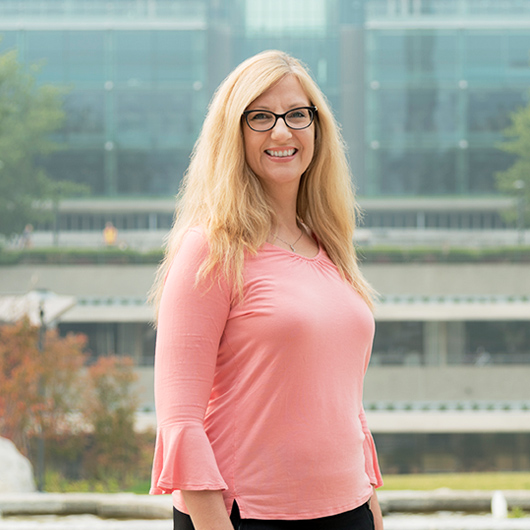
Silvia Bartolic
Silvia introduced SPA as a way of sharing her sociology students’ work with their peers. She explains the challenges and learnings she found along the way.
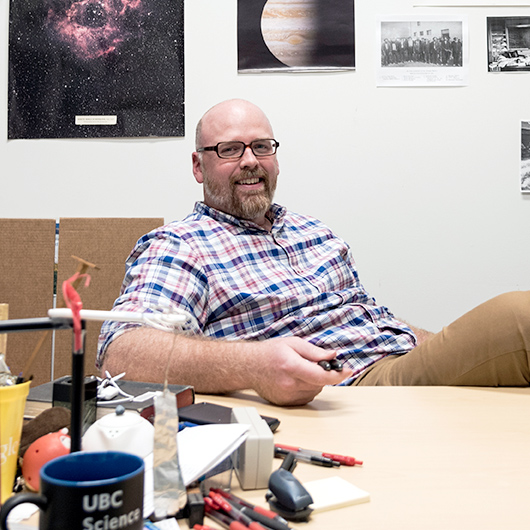
James Charbonneau
Initially a community-building exercise, James explains how peer evaluation in his physics class evolved into student peer review platform ComPAIR, and the importance of safety in peer assessment.
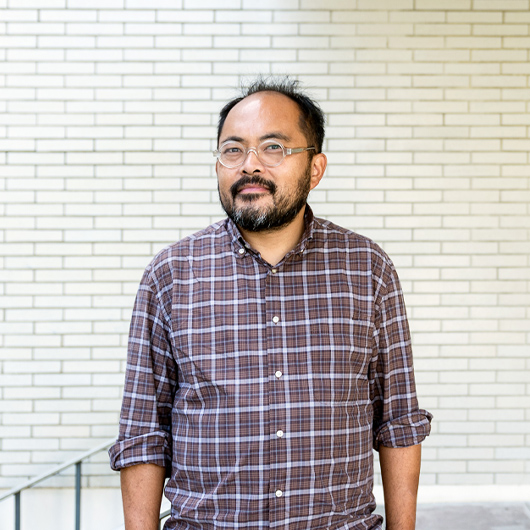
Kevin Chong
One of the foundational pieces of creative writing is peer review. Traditionally run in small workshops, Kevin shares how he brought peer review across to large lecture classes and its importance to developing writers.

Peter Graf
Personalized feedback for student learning can be challenging to deliver in large classes. But beyond that, Peter sees peer assessment as an opportunity for students to develop important critical reading and self-assessment skills.
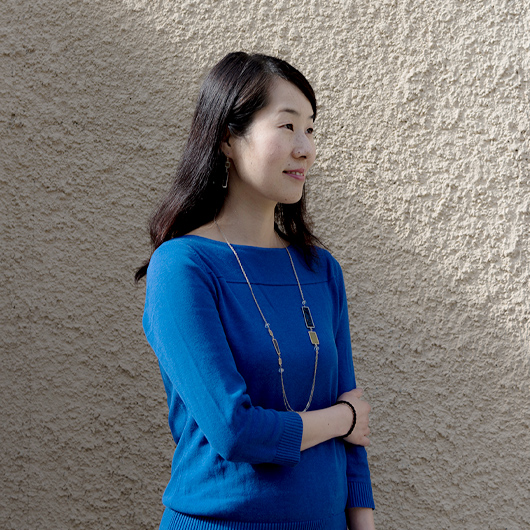
Misuzu Kazama
It’s far more common for peer review to be applied to writing tasks than spoken ones. Can language students give each other good feedback on a spoken assessment? Misuzu developed a project with real-world context to find out.

Kelly Allison & Marie Nightbird
Interpersonal communication is a key skill for social work students. After using informal peer feedback to develop those skills for many years, Kelly and Marie share how they formalized the process to gather insights and improve the student experience.
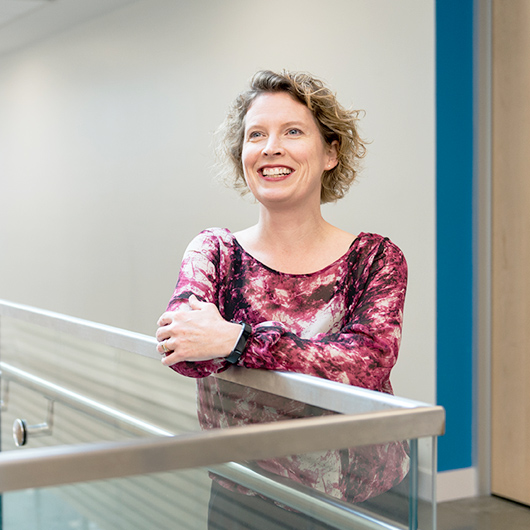
Jennifer Walsh Marr
From a starting point of investigating accountability in group work, Jennifer’s peer assessment project led to more student-centred teaching, and a better sense of community for her students.
